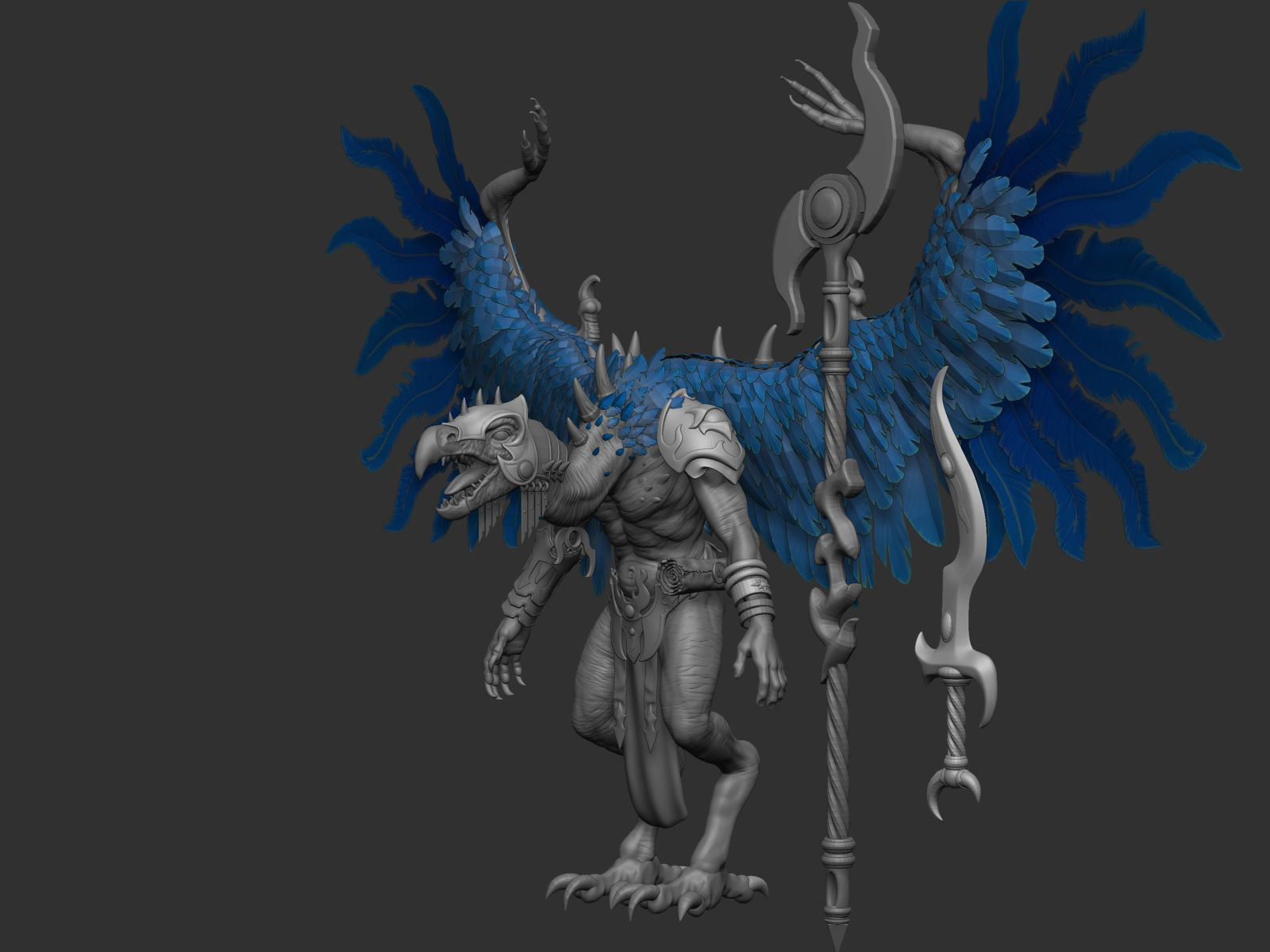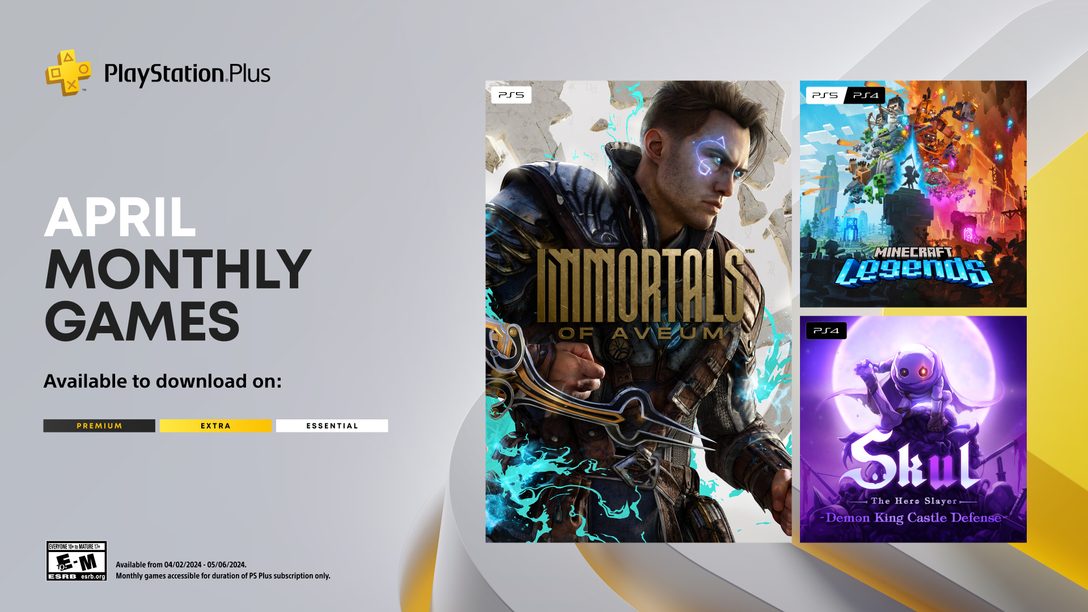
How the 40k shooter is bringing its own twist to the classic genre art style and mechanics.
Hi everyone, Grant Stewart here, lead designer at Auroch Digital. We’re developing Warhammer 40,000: Boltgun, a bloody and frenetic homage to the retro shooters of yore, and we are super thrilled to share a new gameplay trailer and announce the game’s release date: May 23! The game is available for pre-orders on PlayStation 5 and PlayStation 4, so load up your boltgun!
In Boltgun, you play as a battle-hardened Space Marine on a perilous mission across the galaxy to fight against the Warriors and daemons of Chaos. You’ll unleash a devastating Imperial arsenal as you blast through an explosion of sprites, pixels and blood, in glorious boomer shooter-style. Here’s a bit more about how the game delivers a unique Warhammer 40,000 experience with a perfect blend of classic, frenetic FPS gameplay and stylish visuals from your favorite 90s retro shooters.

Modern engine
In past classic shooters, enemies were simply dropped into the environment for you to shoot like a very sophisticated target range. Boltgun features a modern take on this. On top of plenty of classic locations with enemies diligently hand placed, there’s also areas where waves of heretics are dynamically spawned by an intelligent system to seek the most exciting positions to challenge the player. In these situations, designers pick the enemies using a “nodegraph” and construct escalating “encounters”. They then populate the combat “arenas” using “spawn points”, to denote locations where the enemies can appear in the world and “zones”, controlling the positions they should try to move to during combat. As the fight progresses the AI looks for the most suitable zone and attempts to move to it and engage the player.

A tactical marine and his finite state machines
In early shooters, intelligence was “hard coded” into the AI’s brains. They moved, hunted and shot based on simple rules that were executed largely in order. The current zeitgeist for digital adversaries revolves around “Behaviour Trees”, hierarchies of orders that the AI executes based on factors in the environment. The AI of Boltgun uses an alternative called “Finite State Machines”, a system first popularized by the Grunts of Half-Life. Every enemy has a brain that looks like a nodegraph. Within the graph are “state” nodes that the AI’s thoughts can occupy. When an AI is in one of these states it executes that state’s actions (shooting a gun, walking towards the player, throwing a grenade) and then uses “conditions” to work out what state it should transition to next. Our AI has states for all their attacks but also for “aware”, “unaware”, “flinch”, “dead” and “overkill”. Anything the enemies of Boltgun can do, including exploding into chunks of flesh, is part of their state machine.
Vintage paintwork
Unlike the fully 3D models used for characters and objects in modern video games, retro games used “sprites”, two dimensional lists of pixel colors that represented flat images. As a modern game emulating those vintage aesthetics, Boltgun uses a hybrid system taking the best of modern technology and slamming it, pixels first, into the old ways.

A 3D Warhammer 40K model
The undisputed best retro shooter, id’s Doom had a unique approach to making its characters. The developers built maquettes (scale models) of Doom’s enemies and then photographed them from different directions. The photographs were then digitized and used in the game to represent the enemies. Modern games have become extremely good at creating beautiful characters that move in lifelike ways, as there are countless tools dedicated to just that. For Boltgun we created a hybrid process. Our enemies are modeled and textured in modern sculpting software, paying close attention to the details of Games Workshop’s tabletop miniatures. Then they’re “rigged”, a process involving giving them bones to form a skeleton that controls how the model can move. Once they’re fully rigged the models are passed to the animation team to bring them to life.
All of this is pretty standard in the current games industry process, but the next step is where Boltgun’s unique magic happens. First our animated models are “rendered out” as digital images, then virtual cameras take shots of the models from eight directions as they cycle through the frames of their animations. These images are imported into the Unreal engine and stitched back together into 2D flipbook animations. Every animation is collected together and data for the enemy they represent is created to allow our artists to tweak them and set where in the animation an enemy should deal damage, make a sound, or lob a fireball.

So now you know that while we might be having fun pretending Boltgun is an authentic 90s game, remastered by the talented team at Auroch Digital; the truth is that Boltgun is a very modern game built from scratch in a very modern engine!
Warhammer 40,000: Boltgun is available for pre-order on PS5 and PS4 and comes out May 23.











Comments are closed.
1 Comment
Loading More Comments